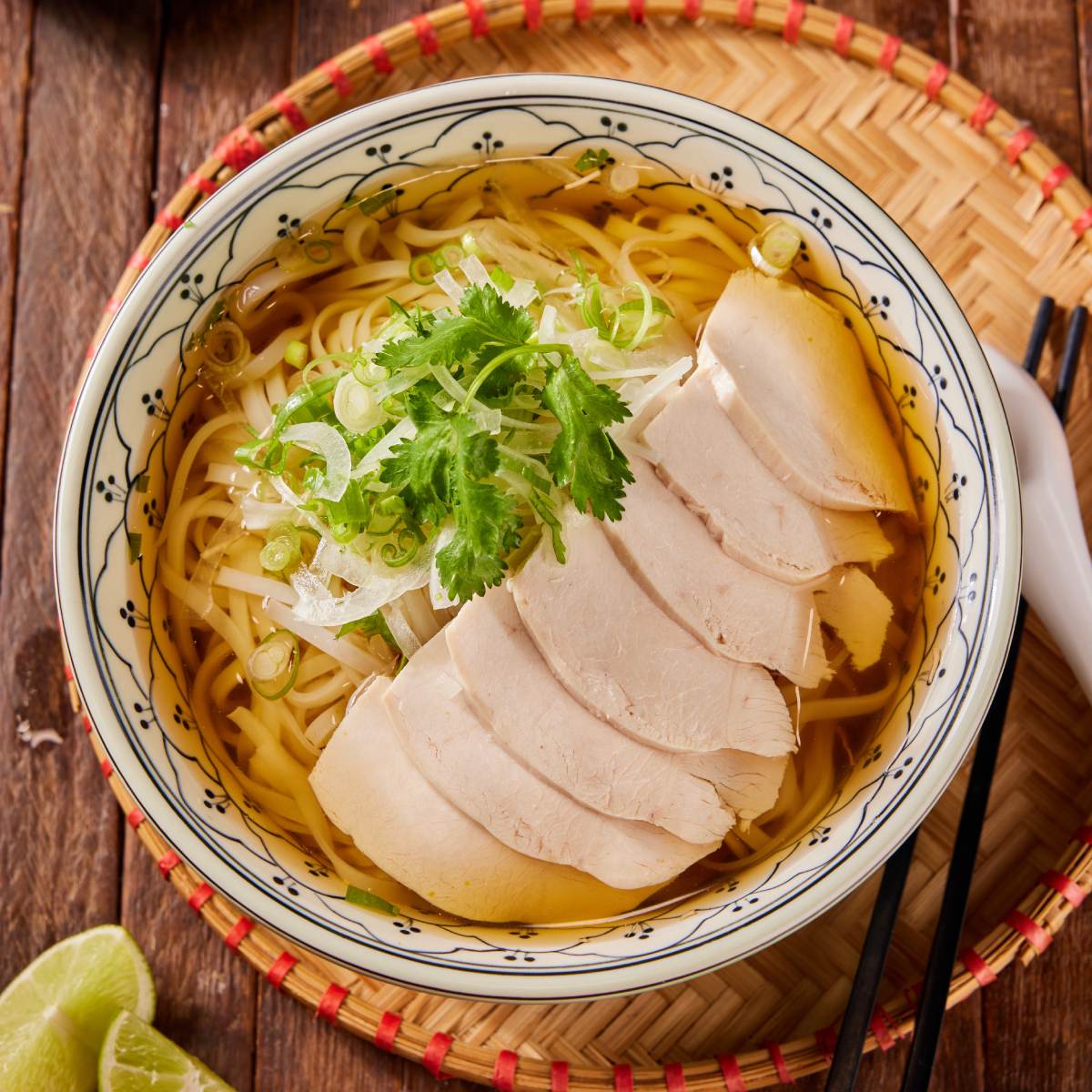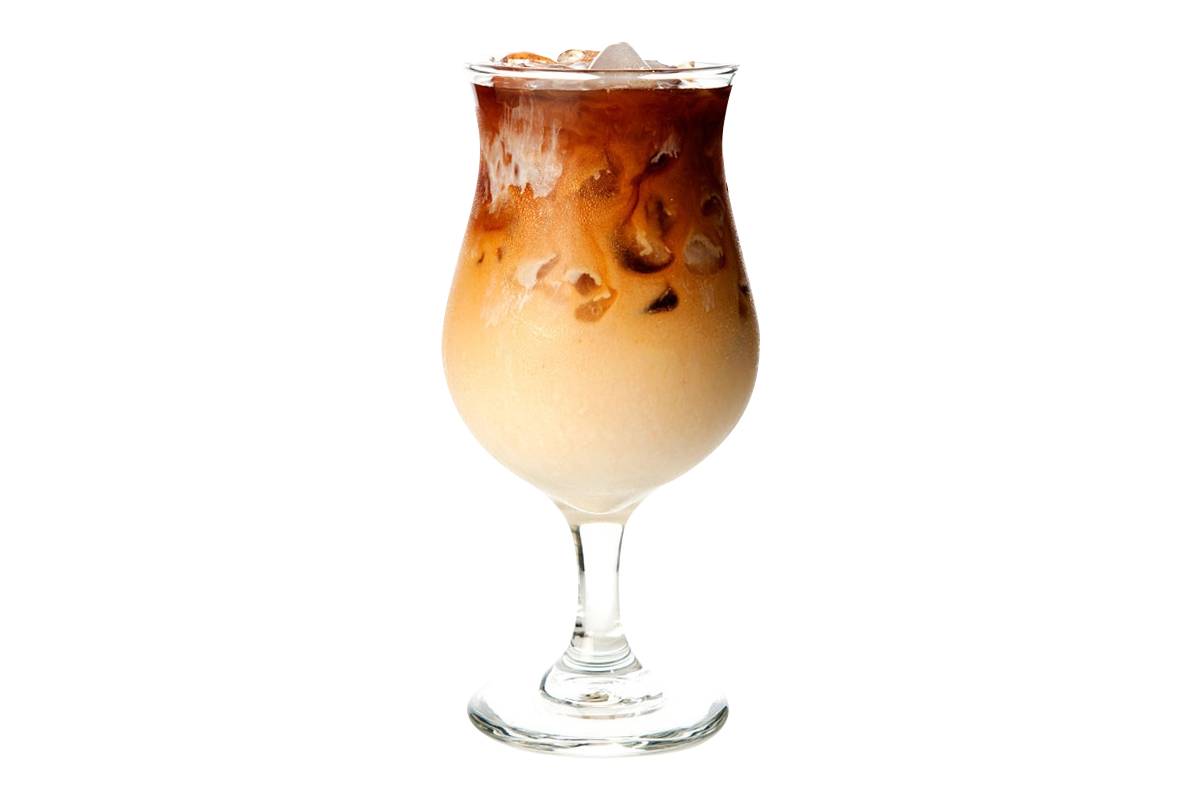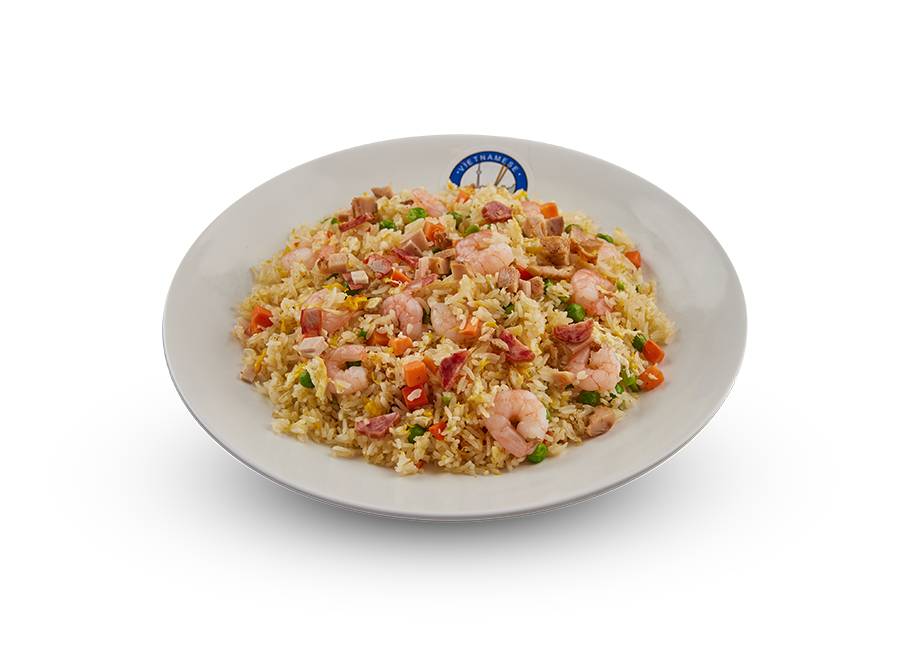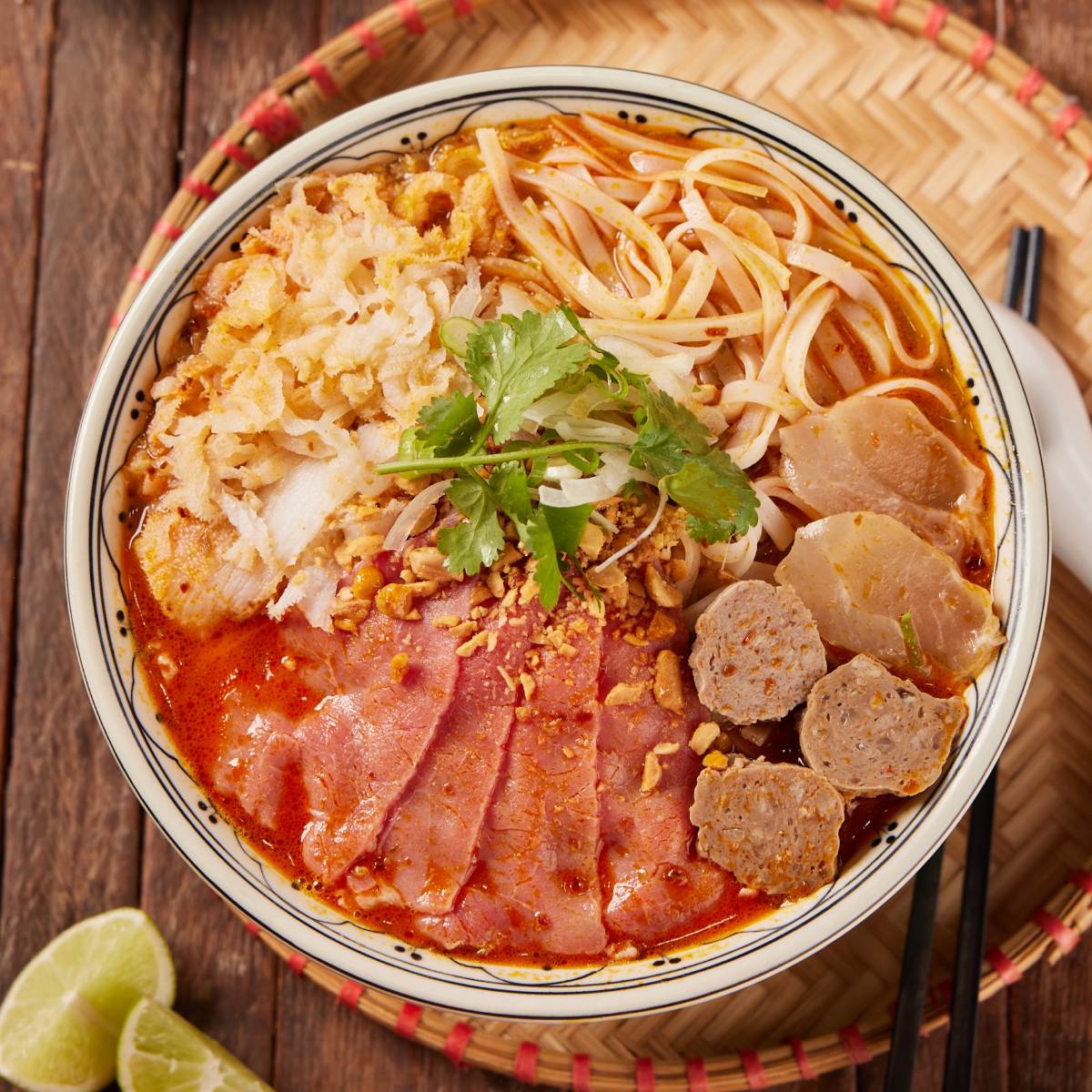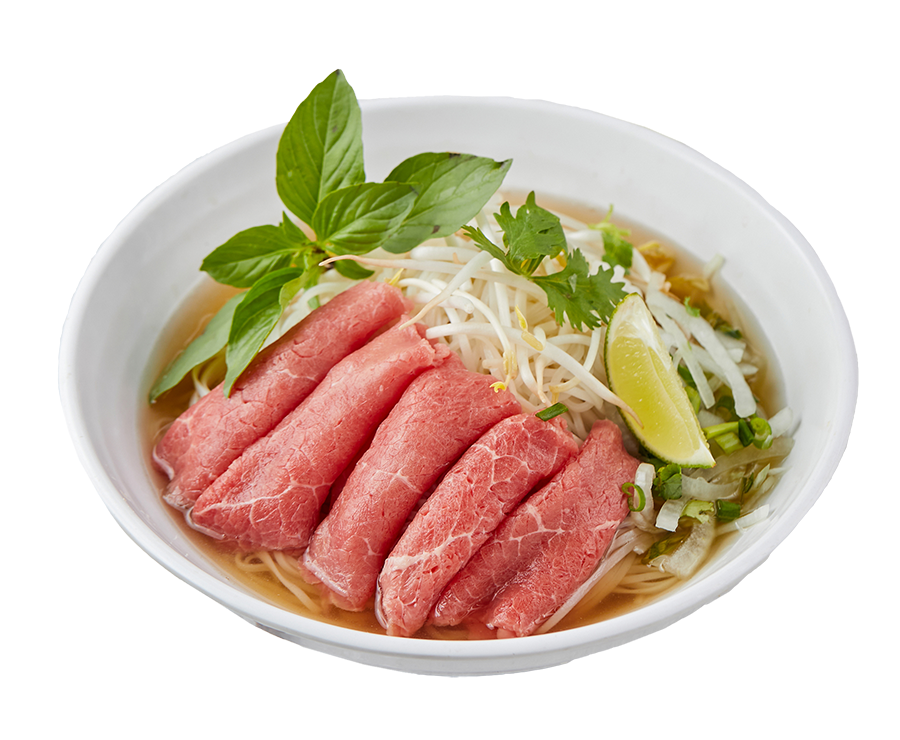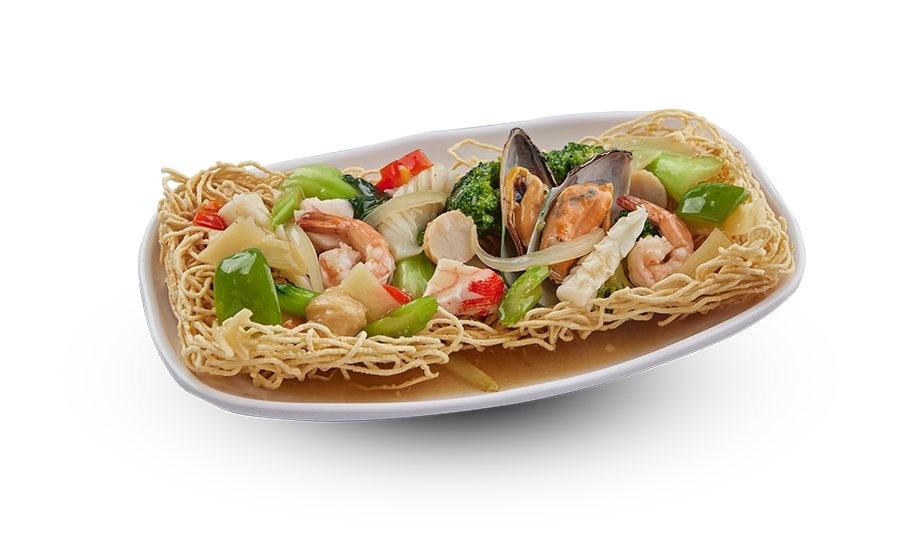
Is pho good or bad for you – an important question. Pho is perhaps Vietnamese cuisine’s most popular dish. It’s got a lot going for it. For some Canadians though, they may want to avoid it. Here’s why.
Pro – Pho is Adaptable
Pho is easily changed. You can choose different pieces of meat. You can change the broth accordingly. Add in the herbs you like. Have the meal you want.
Pro – Pho is Gluten-Free
Authentic Vietnamese pho uses gluten-free rice noodles. There’s no wheat in pho. For anyone with gluten sensitivity, know that pho is gluten-free. When you order a bowl of pho at TorontoPHO, count on it to come without anything in it to upset your tummy.

Coming to Canada, the food culture here is very different from what’s eaten in Vietnam. Ingredients that Canadians might find utterly unappealing are devoured in homegrown Vietnamese cuisine, as an example.
This article is a tribute to the strangest, most exotic foods in Vietnamese cooking. As a Toronto Vietnamese restaurant, let’s be clear. We don’t offer any of these dishes here. That said, our families grew up around foods like these. A lot of modern Vietnamese eats are also either adaptations or related in some way to a few of these. So buckle up and check out some of Vietnam’s most bizarre eats!
Balut
Balut is a fertilized duck egg with a nearly developed embryo. It is boiled and eaten in the shell, similar to an oyster. Herbs like Vietnamese coriander, salt, black pepper, and lime are often added. Balut is common in the Philippines and other Southeast Asian nations as well.
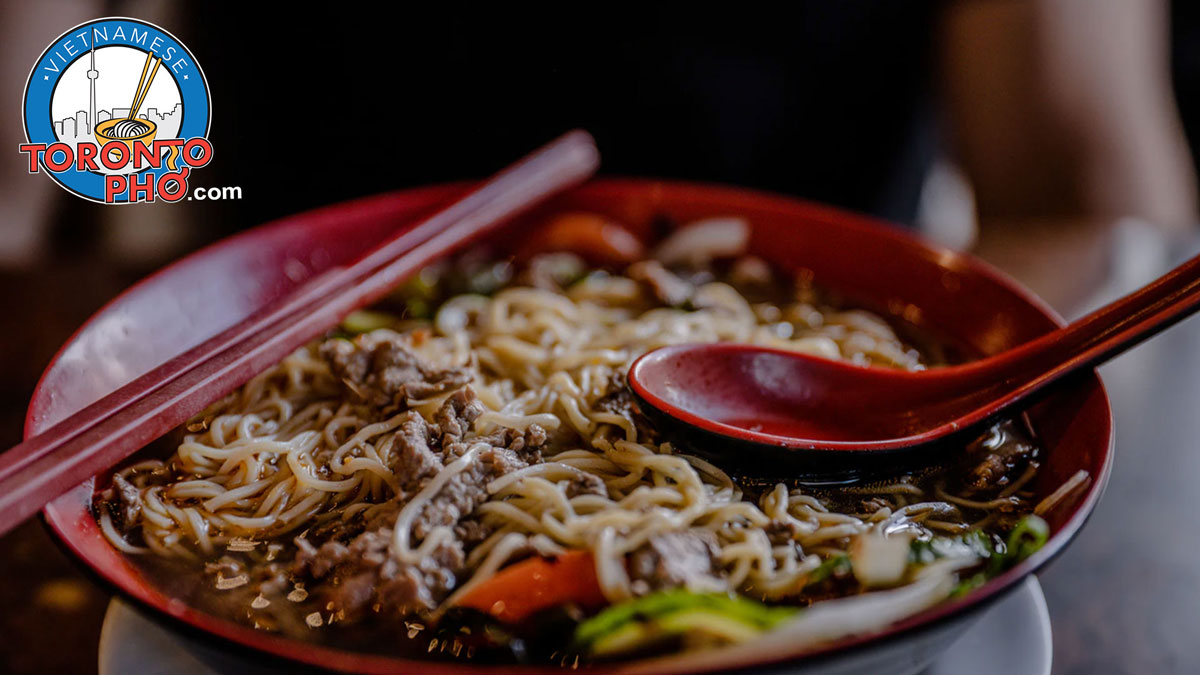
Fresh Vietnamese cuisine anyone can make at home. Not every dish has to be as complex as pho.
Vietnamese cuisine is known for simplicity in presentation. Behind that simplicity though, there’s often a great deal of effort that goes into creating the best balance of ingredients.
Sweet, sour, bitter, spicy, and salty are the five fundamental tastes. Most dishes work from a combination of these.
Fortunately, some Vietnamese food is a lot easier to prepare. Here are some of the simplest delicious Vietnamese cooking easy enough to do at home.
Read more: Tasty, Easy Vietnamese Cuisine That’s Simple Enough to Make At Home
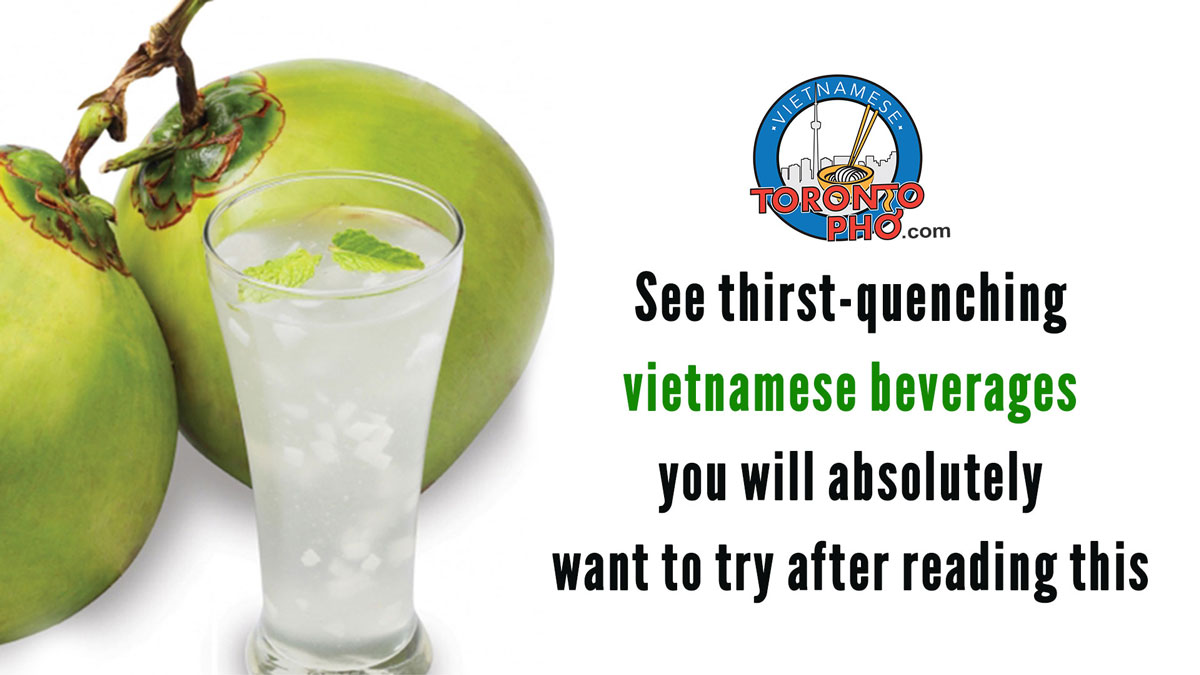
What to drink in Vietnamese cuisine. So much attention is paid to meals and methods of preparation. To quench your thirst, often you don’t know what’s available.
The often hot and humid climate of Vietnam is made for cold beverages. Browsing a menu of Vietnamese beverages, you will find drinks hot and cold. From local, trendy, and artisan beverages to traditional options. Here is the ultimate list of Vietnamese drinks.
Bia hoi
Bia hoi is a Vietnamese specialty draft beer. It is produced locally in Vietnam and often sold in small batches. It is produced in northern Vietnam, sold almost exclusively in this territory. Bia hoi gets brewed daily and is sold in fresh batches. It is light, with only 3% alcohol or under.

The distinct flavors of Vietnamese foods are often in the herbs used. Shrimp, fish paste, bean sauces, fresh herbs, and vegetables are routine ingredients.
Fruits in Vietnamese eating aren’t popular, at least when it comes to the dishes you expect. No fruits in pho. No fruits in rolls, stir fry meals, or rice plates. In restaurants in Toronto, fruit and Vietnamese cuisine don’t go together.
Even so, there’s a long history of using fruit in Vietnamese cooking. Southern Vietnam grows a variety of fruits and vegetables. They’re most often used in desserts or eaten fresh.
When do you eat fruit in Vietnamese culture?
You are most likely to find fruit in a southern Vietnamese meal. In the south, the freshness of ingredients is very important. Tropical fruits are used frequently. Mangosteen, mango, and dragonfruit are favourites.
Read more: What Kind of Fruits Do You Use in Vietnamese Cuisine – read here!
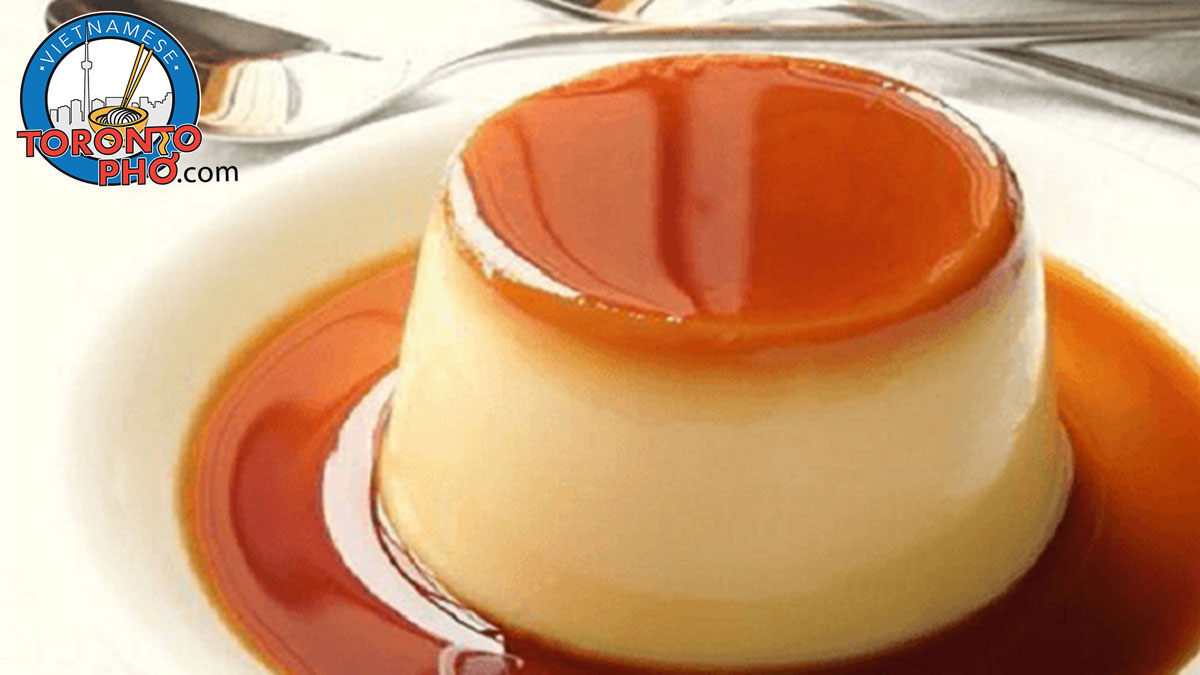
A meal often isn’t complete without a dessert. Some come covered in sugar. Others come in unique flavors inspired by fruits, vegetables, and natural ingredients.
Desserts in Vietnamese cuisine are sweet and delicious. Indigenous-inspired ingredients with elements of French cooking, there are over a half-dozen desserts worth a try. Unfortunately, Canadians haven’t heard of very many Vietnamese desserts. We want to change that.
Some desserts in Vietnamese cooking are very similar to their Canadian counterparts. That said, they carry slightly different tastes and an authentic presentation. Ethnic cuisines aren’t usually known for desserts. These though have to be shared.
Che
Che is a dessert beverage or pudding. It is made from beans and sticky rice. Che comes in varieties, sometimes associated with a specific fruit or bean. The beans used are either mung or kidney beans. Serve it hot or cold.
Common ingredients in che are tapioca, jelly, and coconut cream. Fruits used are mango, longan, durian, lychee, or jackfruit. Che is made at home but can also be shopped at many Vietnamese grocery stores.
Read more: See the Best Vietnamese Desserts Classic, Delicious, And So Tasty
More Articles ...
Page 32 of 53


